From Ghana to Bahia
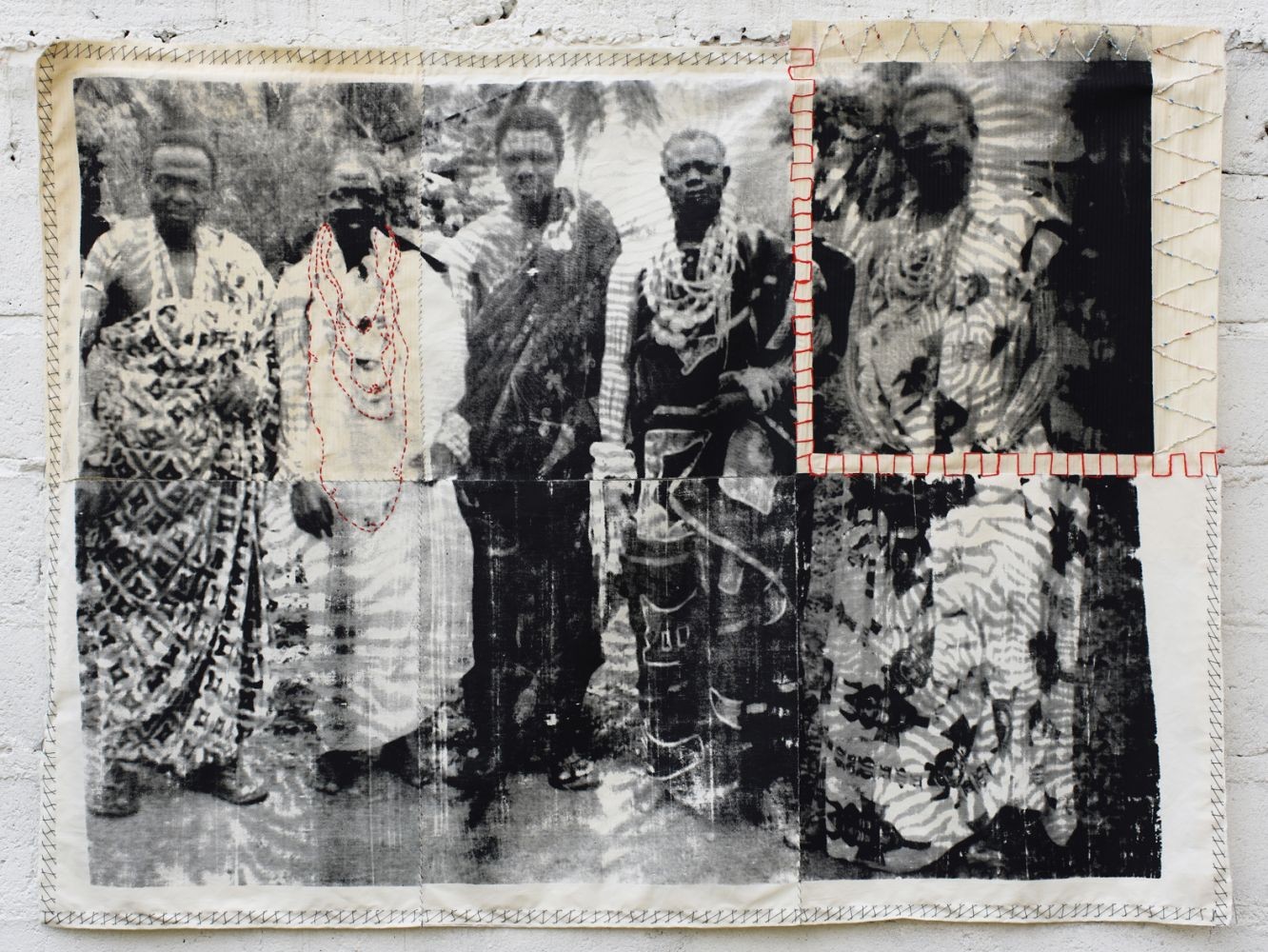
03 July 2017
Magazine C& Magazine
4 min read
Performatively charged and bursting with innovative power, Nathi.Aha.Sasa. worked as an homage to the rich contemporary art scene of Africa while connecting the continent with the Diaspora. C&: You said earlier that arriving in Bahia from Ghana felt like coming home. Could you elaborate on that? Zohra Opoku: Brazil is known to have the largest …
Performatively charged and bursting with innovative power, Nathi.Aha.Sasa. worked as an homage to the rich contemporary art scene of Africa while connecting the continent with the Diaspora.
C&: You said earlier that arriving in Bahia from Ghana felt like coming home. Could you elaborate on that?
Zohra Opoku: Brazil is known to have the largest population of Afro-descendants outside of Africa. Coming to Salvador, things couldn’t have felt any more authentic to me. I am speaking about the warm climate; the light with the fog touching the mountains at sunrise; particular smells; soul food; the sound of drums; and, most of all, people with a way of approaching you as if you were already a member of their family. Identifying as a German, Afro-German, African, Ghanaian, Obroni, Asante, I am just in the right place in Brazil, the embodiment of hybridity. I’ve learnt to live like a chameleon, and that has influenced my work a lot. What I want to express is how hybridity can be used in a positive way to search for belonging, and to blend in or even disappear.
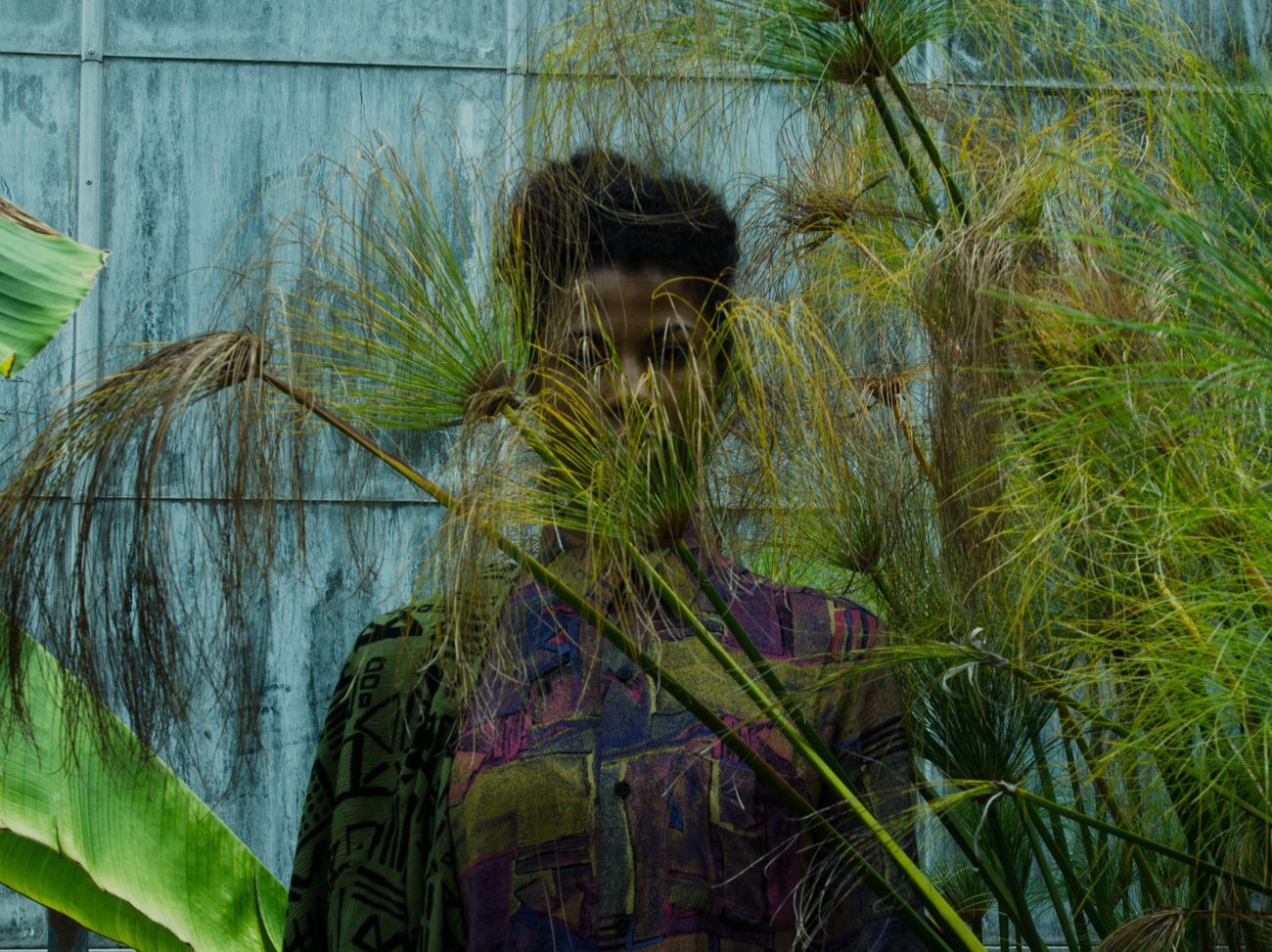
Zohra Opoku, Selfportraits 2015, Pigment print on Hahnemühle Photo Rag, 147x110cm. Courtesy the artist
C&:What are the most relevant connections between Ghana and Brazil for you personally?
ZO: When I decided to join a Capoeira Angola class in Germany, I had no idea that experiencing this art form in Brazil would be so closely interwoven with my transformative experience, taking me from just “me” to a more consolidated “my-self”.
Salvador was Brazil’s first colonial capital and one of the largest slave markets in South America, and that played an eye-opening role in my education. On a trip to Brazil with my Capoeira group in 2007, I had the chance of experiencing Africa from a whole new perspective. This made me take a closer look and significantly reanalyze my objectiveness about colonial history and African cultural memories. It helped me to reflect on my Afro-German background on the personal level but also in connection with societal conflicts.
I discovered myself on this journey. And although I had already traveled to Ghana many times before, when I returned from Bahia, I was able to read, digest, and discuss the traditional facts in connection with modern situations in Ghana more concretely and extensively after seeing filtered, but evolved remnant versions in Brazil. These experiences expanded my personal skills beyond the role of a fashion designer and lead me to establish art projects related to textile culture and identity.
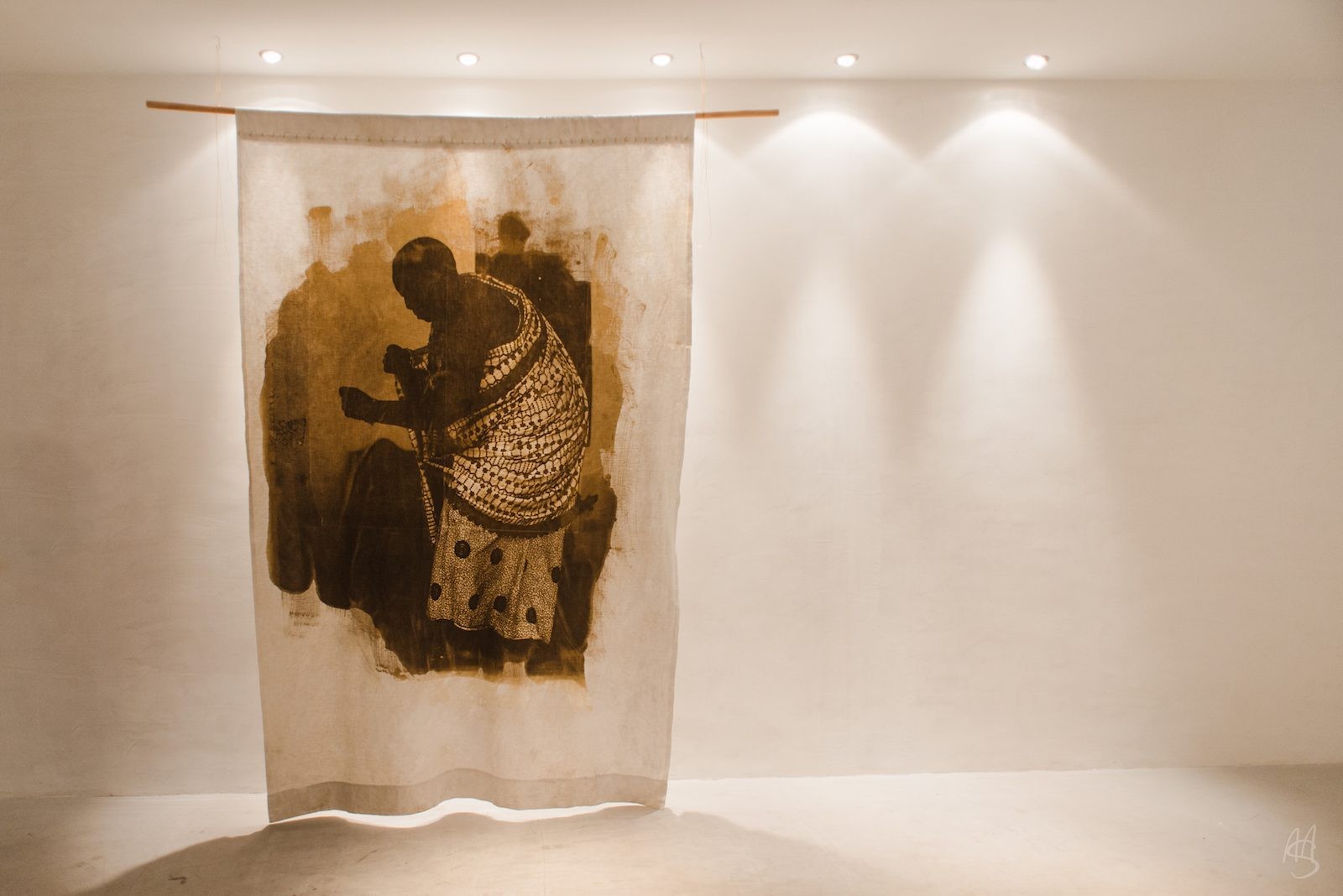
Installation shot, Zohra Opoku, Queenmothers, Sassa, Gallery 1957, photo by Araba Ankuma & Joojo Daniels. Courtesy the artist and Gallery 1957
C&: How does your research in Bahia feed into your latest work, Queenmothers, relating to women leaders in the Asante region of Ghana?
ZO: I looked at similar matriarchal systems which grew out of African religions, like the Mãe de santo or Mãe de terreiros (mother of the spiritual land or house). For me, these figures represent the most important catalysts in the Afro-Brazilian religion Candomblé. The women with their outstanding spiritual presence act as facilitators for a community and their one obligation is to be able to receive their orixa, meaning letting their spirit enter their body. However, their gift comes with several responsibilities. I saw many similarities between these women and the Ghanaian Queenmothers.
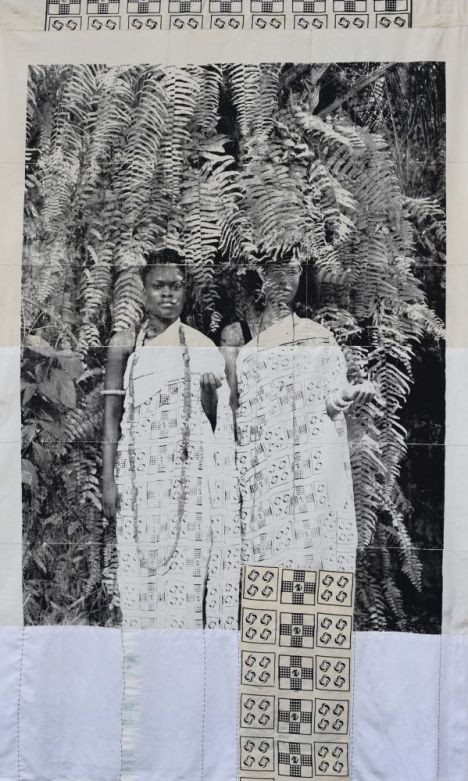
Zohra Opoku, Unreaveled Threads, 2017. Screenprints on cotton, canvas & linen, joined with thread/ Applications: Kente cloth, wool, acrylic paint etc. Courtesy the artist.
C&: Finally, could you talk about your use of fabric and the aspect of cultural masquerade in your work?
ZO: I studied both fashion and analog photography. I enjoy experimenting with the posture of my portrait subjects, allowing the materials to move. The two practices merge in my sun prints, where my photographic work is transferred onto bed sheets, as for example in my exhibition Sassa. The material literally absorbs the photographic image, demonstrating how in society material can become imbued with meaning, memories, and histories over time.
I’ve always been fascinated by West-African studio photography and the role the garment arrangements play. Fashion and dress-codes, which express cultural belonging, have always been the focus in my research. I admire costumes which serve as camouflage, disguise, and mimicry. The choice of clothes is almost always associated with personal commitment and appearance style, which is undoubtedly a metaphor for identity. The question of identity was the starting point in my work as an artist, as well as being deeply rooted in my family history on both my German and my Ghanaian sides.
Read more from

Maktaba Room: Annotations on Art, Design, and Diasporic Knowledge

Irmandade Vilanismo: Bringing Poetry of the Periphery into the Bienal

Esperanza de León: Curating Through Community Knowledge
Read more from
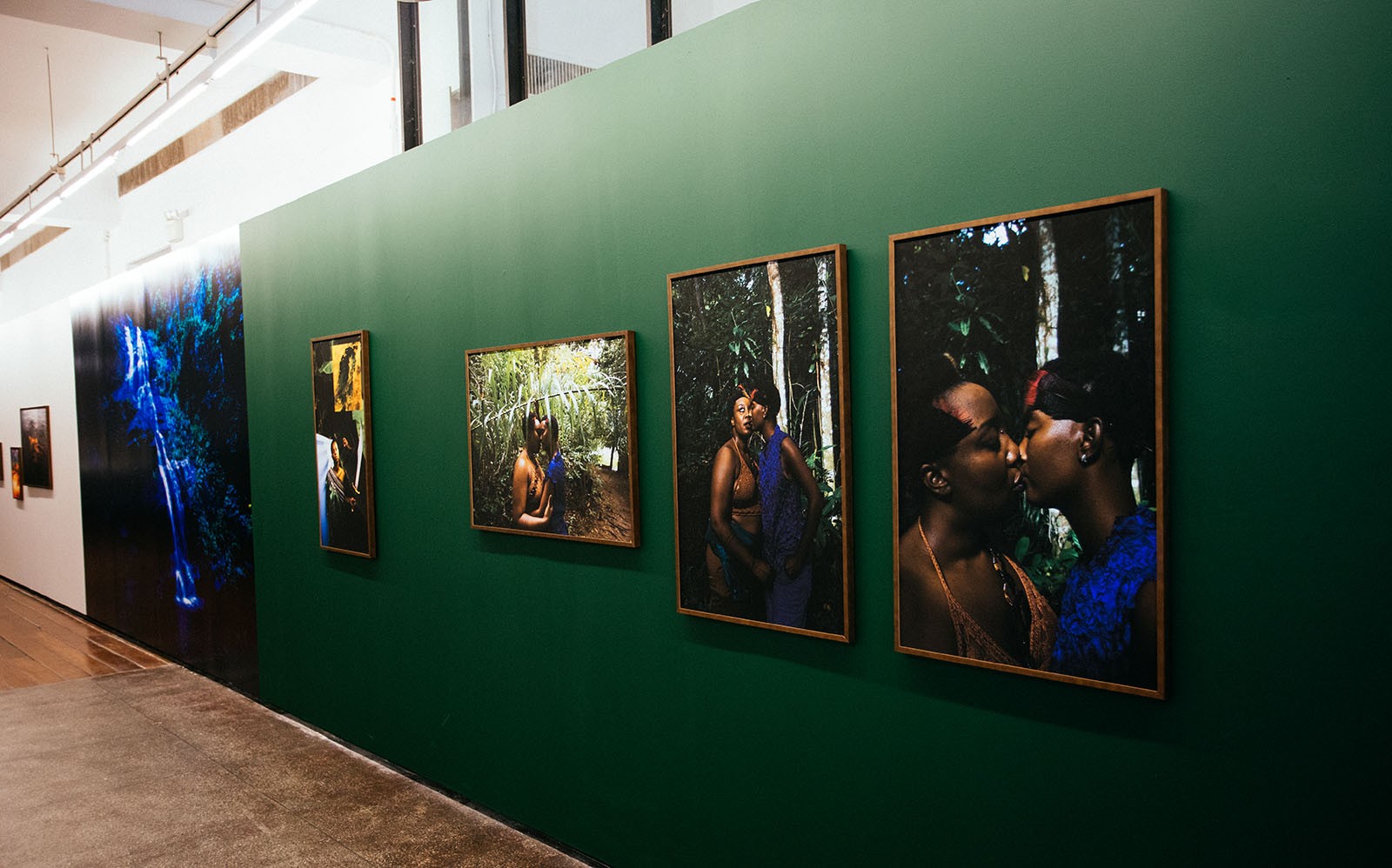
Flowing Affections: Laryssa Machada’s Sensitive Geographies
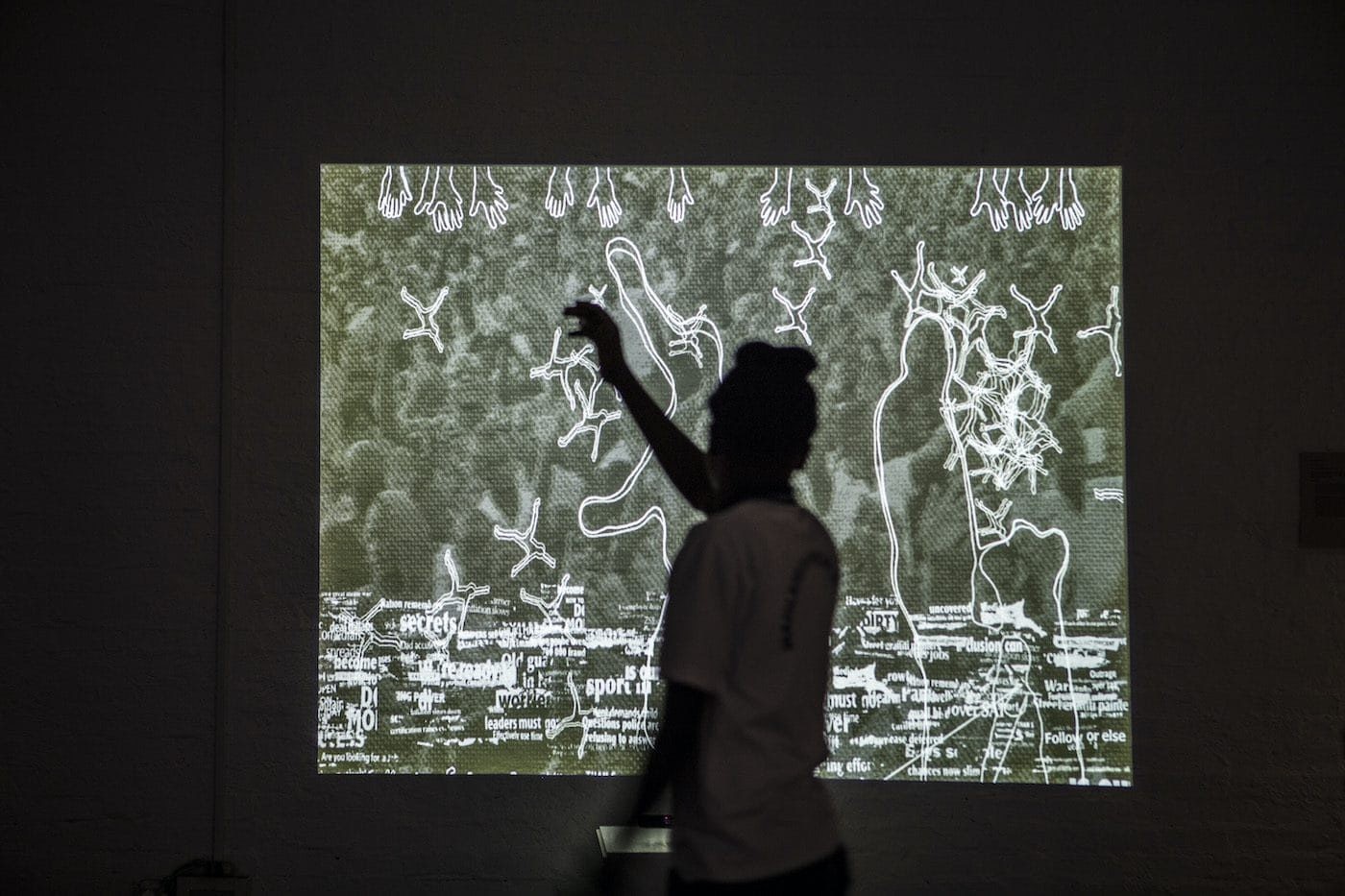
Kombo Chapfika and Uzoma Orji: What Else Can Technology Be?
